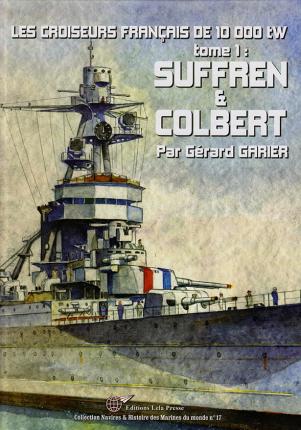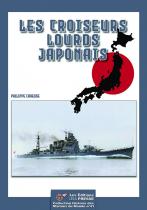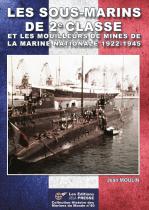The cruisers of 10,000 tons have been the most emblematic buildings of the revival of the French fleet in the aftermath of the First World War. Indeed, lack of new battleships in the naval program, seven cruisers of 10,000 tons, complying with regulations imposed by the Washington Treaty of 6 February 1922 will provide an image of modernity in the line of battle, at least for 1930. Within our wings, they show the flag in the Atlantic as in the Mediterranean or Indian Ocean for some, but with the exception of three of them, their careers will end with the miserable sinking of Toulon, with no real test of combat. Of these seven buildings: Duquesne, Tourville, Suffren, Colbert, Foch, Dupleix and Algeria, close in their general characteristics, but distinct in their secondary weapons and especially their protection, we've already written about the first two. This left, for readers interested in history as naval technology to address this core formed by the cruisers Suffren, Colbert, Foch and Dupleix. We propose to do now, with this first volume which deals with the first two Suffren and Colbert.









